Quick Tip: Start small. Choose one method, adapt it to your routine, and adjust as needed.
| Method | Key Benefit | How It Prevents Burnout |
|---|---|---|
| Journaling | Clears mental clutter | Reduces stress through reflection |
| Bullet Journal | Simplifies organization | Keeps focus on priorities |
| Hobonichi Weeks Planner | Combines structure & creativity | Encourages mindful planning |
| Time Blocking | Visual task management | Ensures breaks are scheduled |
| Mindfulness | Boosts self-awareness | Promotes balance and well-being |
Start integrating these techniques into your day, and you’ll stay productive while protecting your mental health.
Journaling isn’t just about keeping track of tasks – it’s a simple yet powerful way to boost both productivity and mental clarity. By jotting down your thoughts in a ‘brain dump’ and prioritizing your to-dos, you can reduce mental clutter and focus better. It’s also a great way to manage stress while staying productive.
Adding a creative touch, like using stickers, can make journaling more enjoyable. Themed sticker kits can turn plain journal pages into motivating spaces that you’ll look forward to using every day.
Here are two ways to make your journaling practice more effective:
Experiment with different layouts to find what works best for you. Some people like structured pages with specific sections for tasks and reflections, while others prefer a more flexible, free-form style.
Once you’ve built a consistent journaling habit, consider exploring systems like the Bullet Journal Method to take your practice to the next level.
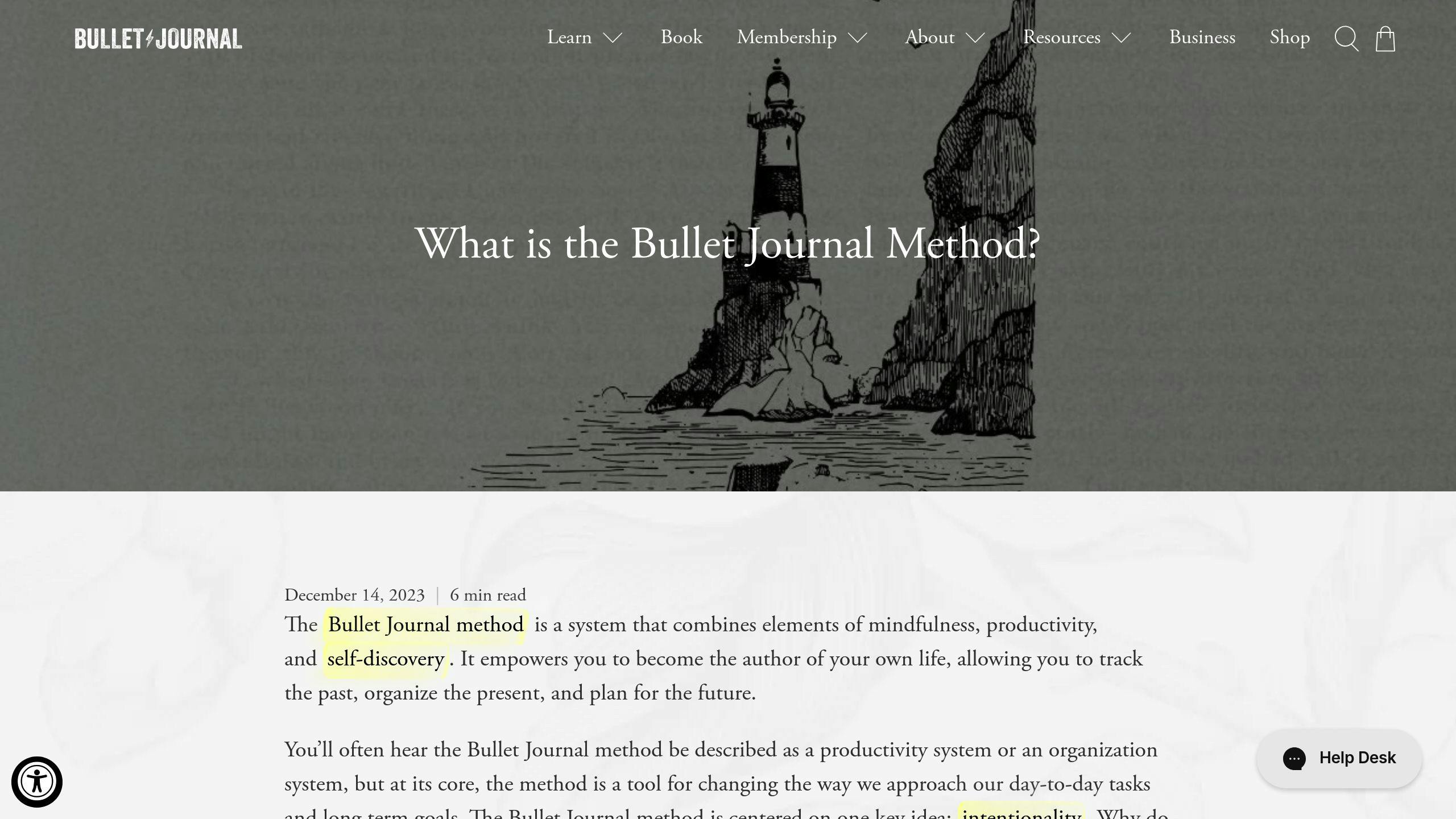
The Bullet Journal method, created by Ryder Carroll, is a straightforward way to organize tasks, events, and ideas while staying mindful and productive. This approach simplifies task management into an easy-to-follow system using symbols and structured layouts.
Here’s a quick breakdown of its core components:
| Component | Purpose | How It Helps |
|---|---|---|
| Key/Legend | Assign symbols to tasks, events, and notes | Makes information easy to scan |
| Index | A table of contents for your journal | Simplifies finding entries |
| Future Log | Space for long-term goals and plans | Helps avoid overcommitting |
| Daily Log | A record of current tasks and events | Keeps your focus sharp |
One key feature of this method is migration – reviewing and moving tasks forward. This process helps you clear out unnecessary commitments and stay focused on what matters.
"The Bullet Journal is a method, not a product. It’s a way of organizing your thoughts and tasks in a way that makes sense to you." – Ryder Carroll, Creator of the Bullet Journal [2]
To get started without feeling overwhelmed:
This method is not about perfection. It’s about finding a system that works for you. You can keep it minimal or add personal touches like decorative spreads or themed layouts. Want to track more than tasks? Add sections for gratitude or energy levels to monitor your well-being.
Once you’re comfortable with the Bullet Journal, you might explore other tools like Hobonichi Weeks to fine-tune your planning routine.
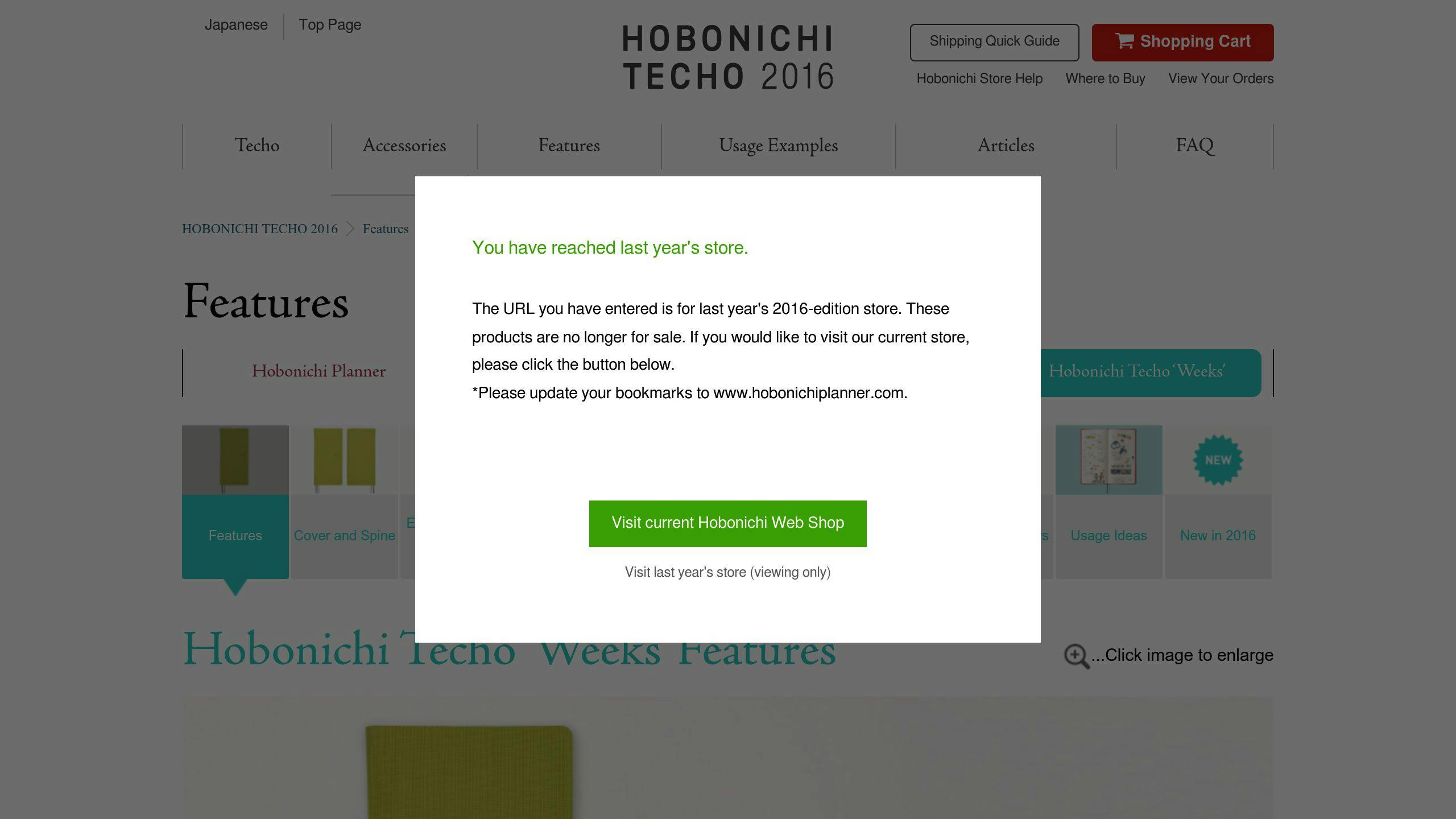
The Hobonichi Weeks Planner System offers a compact and practical way to stay productive while avoiding burnout. Its two-page weekly layout is designed to help you manage responsibilities without feeling overwhelmed.
Here’s what makes the planner stand out:
| Feature | How It Helps Productivity | How It Reduces Burnout |
|---|---|---|
| Weekly Spread | Organizes appointments with a vertical timeline | Helps avoid overloading your schedule |
| Notes Section | Great for tasks and brainstorming | Encourages mindfulness and reflection |
| Tomoe River Paper | Smooth surface for easy writing | Makes planning less of a chore |
What’s great about the Hobonichi Weeks is how it blends different planning styles. The left page is perfect for structured plans like meetings and deadlines, while the right page can be used for tracking personal well-being, such as your mood or energy levels.
If you’ve tried journaling or bullet journaling before, this planner offers a simpler way to incorporate those techniques into your routine.
The notes section is especially flexible. You can use it to manage projects, jot down creative ideas, or even track personal goals. For better balance, consider dividing the page into sections for priorities, creativity, and self-care.
Thanks to its slim design, the Hobonichi Weeks is easy to carry around, making it ideal for staying organized on the go. Its thoughtful layout helps you stay efficient without sacrificing your well-being [1][3].
Next, we’ll look at how this planner can be paired with techniques like time blocking to take your planning to the next level.
Time blocking helps structure your day while ensuring you carve out time for rest and reflection. Pairing this technique with visual aids makes planning more intuitive and enjoyable.
The success of time blocking lies in how it’s visually organized. Here’s a simple way to set it up:
| Time Block Type | Visual Cue | Purpose |
|---|---|---|
| Deep Work | Red blocks/stickers | Focused tasks that require your full attention |
| Administrative | Blue blocks/stickers | Routine tasks like emails and paperwork |
| Creative Projects | Yellow blocks/stickers | Activities like brainstorming or design work |
| Breaks & Recovery | Green blocks/stickers | Downtime to recharge and prevent burnout |
Using colors or stickers for each task type allows your brain to quickly recognize and switch between activities. Research even suggests this method can boost productivity and reduce stress [4].
To get the most out of time blocking, align your schedule with your natural energy levels. Plan high-focus tasks during your peak productivity hours and leave room for unexpected interruptions.
Don’t cram every minute with activities. Instead, schedule breaks and reflection time to maintain your energy. Use visual cues in your planner to differentiate tasks based on the effort they require. This simple adjustment can help you stay productive without overloading yourself [4].
Color-coded digital calendars can work alongside physical planners to keep your schedule consistent. This combo ensures you’re organized across all your tools.
The goal is to create a balanced and manageable routine. According to Dr. Jessica De Bloom’s research, visually organizing your time can reduce burnout risks while keeping productivity high [4].
Time blocking is a great way to stay on track, but including moments for mindfulness ensures you remain focused and refreshed throughout the day.
Mindfulness and reflection are excellent ways to stay productive while avoiding burnout. Adding these practices to your planning routine can help you manage your energy better and keep your focus on what truly matters.
Mindful journaling works best when it’s consistent and combines tracking your productivity with moments of self-reflection. Adding personal touches like stickers or themed layouts can make the process more enjoyable and keep you engaged.
"Slow productivity and focusing on quality over quantity are essential elements of sustainable performance", says productivity expert Cal Newport [6].
To get started, try incorporating these practices throughout your day:
| Time of Day | Practice | Purpose |
|---|---|---|
| Morning | Gratitude journaling | Start the day with a positive mindset |
| Mid-day | Task review & breathing | Refocus and check your energy levels |
| Evening | Achievement reflection | Celebrate wins and plan for tomorrow |
| Weekly | Progress evaluation | Identify trends and fine-tune your approach |
Visual elements can make your journaling more engaging and help you stick with it over time. Research suggests that adding creative components to journaling can enhance mindfulness and create a lasting habit [5].
Here are a few ideas for your planner:
Reflection isn’t just about looking back – it’s also a powerful tool for identifying patterns in your productivity and well-being. Dedicate time each week to review your journal and consider:
Boosting productivity while safeguarding your mental health is achievable with a mix of thoughtful planning and mindfulness. By blending creative journaling, structured planning methods, and regular self-reflection, you can reshape how you handle daily tasks and long-term goals.
The Hobonichi Weeks planner stands out as a reliable tool for those striving for balance. The most important part? Personalization. Your planning system should work for you – not the other way around. Pairing tools like the Hobonichi Weeks with mindfulness can help you create a system that’s effective and avoids burnout.
If you’re exploring tools like the Hobonichi Weeks, a step-by-step approach can ease the transition into your routine:
| Phase | Focus Area | Expected Outcome |
|---|---|---|
| Weeks 1-2 | Start journaling habits | Build a consistent habit |
| Weeks 3-4 | Implement planning system | Establish a clear workflow |
| Weeks 5-6 | Add visual elements | Make planning more engaging |
| Weeks 7-8 | Fine-tune and adjust | Create a lasting routine |
Whether you prefer bullet journaling, the Hobonichi Weeks system [1][3], or a mix of methods, the key is to choose what aligns with your lifestyle. By combining creativity, structure, and self-reflection, you can craft a planning system that supports your goals while prioritizing your mental well-being.
Stickers Made for Planning
Our custom stickers are a fuss-free way to brighten up your planner pages with perfectly-sized designs that add a spark of personality to every layout.
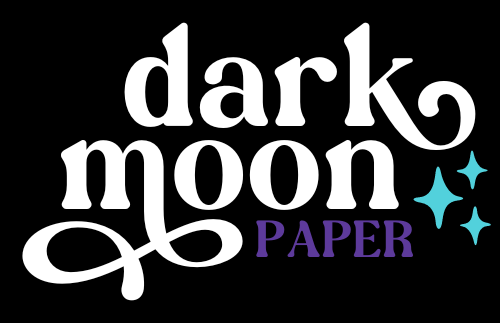
Why use planner stickers?
Planner stickers make organizing easy, fun, and personal! Add color, creativity, and structure to every page, transforming your planner into a tool that reflects you. Perfect for tracking, decorating, and staying inspired daily!
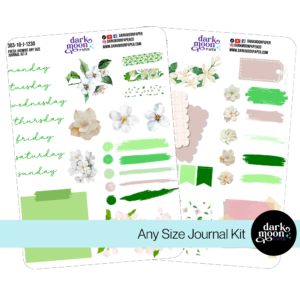
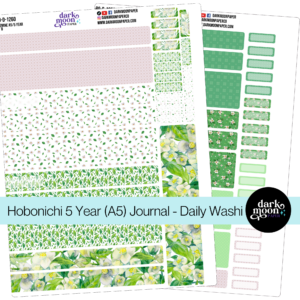
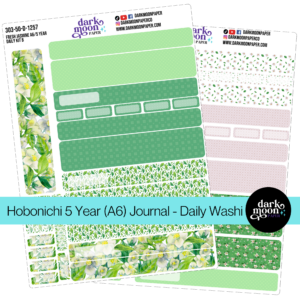
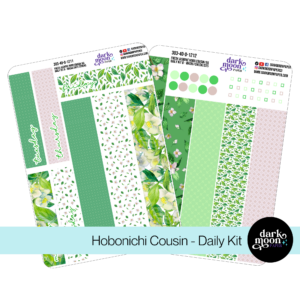
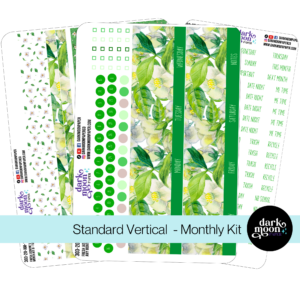
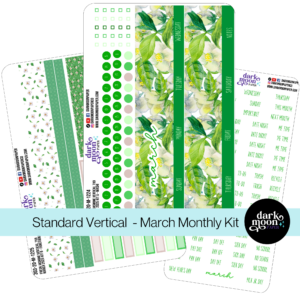
Hello and welcome!
I’m Rachael Snow, a lifelong artist and entrepreneur, and I started Dark Moon Paper to blend my love of art, technology, and the mysterious beauty of the world around us. My sticker kits are meant to set the mood, tell a story, and give you a little escape from the ordinary.
I work from my cozy studio tucked away in the beautiful woods of Oregon, surrounded by nature and a dark night sky full of stars.